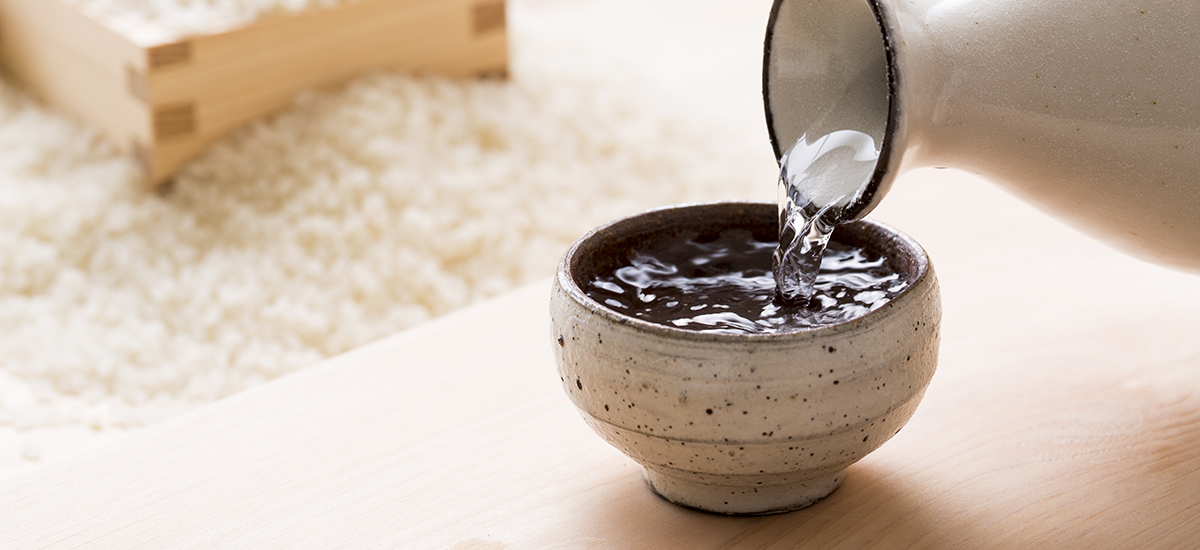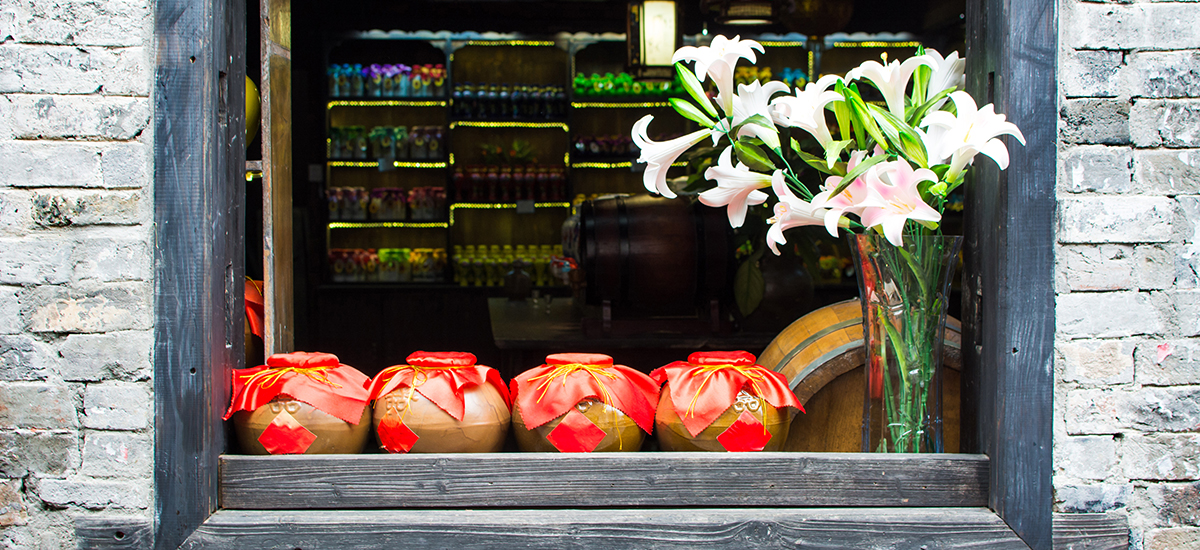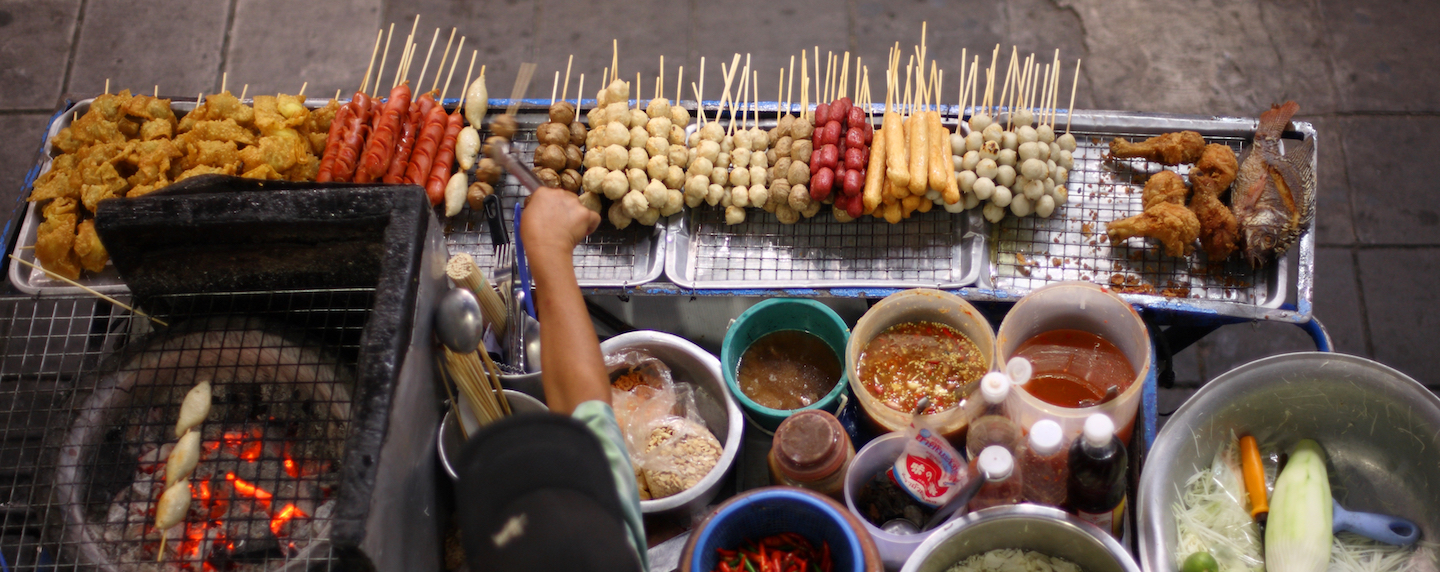Rice wine, not to be confused with rice vinegar, is a beverage particular to different parts of Asia; the signature taste of Asian rice wine is a sweet, aromatic infusion made from the fermentation of glutinous rice into alcohol. Yeast helps to ferment the sugars present in the rice to make it alcoholic and oh, so delicious!
The world is more connected than ever and it doesn’t come as a surprise that people from different countries are quite taken with Asian food, culture, and tradition – and rice wine is no exception. It is used extensively in Asian cooking and as an accompaniment to daily meals enjoyed with family, friends, and colleagues. Available in various forms, milky or clear distilled wine, rice wine is high in alcohol content (18-20%), so be wary, and enjoy responsibly.
To make it easier for you to begin your Asian rice wine journey, we have a list of the best and most popular varieties of rice wine in Asia – this here is your Rice Wine 101!
1) Sake – Japan
One of the most popular forms of rice wines, sake, Japan’s national drink, is a rice wine with an alcohol content of 15%. In Japan, serving sake is a graceful act, steeped in tradition, where it is usually served in porcelain bottles and consumed hot. Meanwhile, much of the rest of the world has embraced more modern forms of consuming sake, including so-called sake bombs – beer and sake, anyone?
Made from the brewing and simultaneous fermentation of starch into sugar and then alcohol, sake offers a unique taste with underlying fruity elements! All in all, it is delicious and definitely should be on top of your ‘try before I die’ list.
Find cheap flights to Japan* Book cheap hotels in Japan*
2) Tapai or Brem – Indonesia / Bali
Alcohol you can eat? Yes, you read that right. Tapai is a fermented rice dish that hails from Indonesia and other parts of Southeast Asia. You can either eat it in its solid form or let the rice ferment for a longer period, which transforms it into an alcoholic beverage.
People enjoy the mild sweetness of Tapai with their evening tea as the alcohol content is not very high and can be consumed without the fear of a hangover. The liquid form is often added to desserts and iced drinks in small quantities for a hint of tanginess and bite!
Find cheap flights to Indonesia* Book cheap hotels in Indonesia*
3) Tuak and Lihing – Malaysia
Closer to home in Malaysia, originally from the state of Sabah, Lihing as well as Tuak, which is from the state of Sarawak are variesties of Malaysian rice wine with many names and identities all depending on the region of its origin; Tapai is, in fact, another form of fermented rice.Staying in the neighbourhood, originally from Sabah, lihing (or Tuak, as it is known in Sarawak, Malaysia) is a Malaysian rice wine with many names and identities all depending on the region of its origin; Tapai is, in fact, another form of Lihing.
As a rice wine, it is made from fermenting glutinous rice and is traditionally consumed in Sabah as part of rituals and practices. It is now served in commercial establishments as well. It is also used as a crucial ingredient in many Malaysian dishes and desserts!
Find cheap flights to Malaysia* Book cheap hotels in Malaysia*
4) Makgeolli – Korea
Ah, good old makgeolli! This Asian rice wine is a staple drink in South Korea, this milky, wondrous rice wine is sweet, a little sour, and alcoholic. Koreans drink makgeolli almost daily as it is low in alcohol content and well, Koreans can really hold their liquor!
The fermentation process involves rice and nuruk (a fermentation starter) that breaks down the starch into sugar, which is then transformed into alcohol by yeast. The common way to serve and drink makgeolli is ladled from a large bowl into smaller individual bowls, chilled to perfection. More contemporary and commercial forms of makgeolli also include canned, carbonate makgeolli, because who wouldn’t like fizzy sweet rice wine! Some Korean bars even offer makgeolli platters with different flavoured wines including mango, peach, honeydew, etc.
Find cheap flights to Korea* Book cheap hotels in Korea*
5) Lao Lao – Laos
Lao-Lao or literally ‘Laotian alcohol’ is a rice wine from Laos in Southeast Asia. A favourite Asian rice wine with locals and tourists alike, it can vary widely in its alcohol content, flavour, and colour, so there’s only one way to find out – as custom dictates, bottom’s up is the way to go!
Find cheap flights to Laos* Book cheap hotels in Laos*
6) Shaoxing Wine – China
A traditional Chinese wine that is world-renowned for its trademark Shaoxing vats or wine containers, Shaoxing wine is made from fermenting rice and storing it for long periods of time.
In production for centuries, Shaoxing wine, like grape wine, is also tracked by its age and years of storage, with certain ‘vintages’ increasing in value over time. Served in rice bowls, it is often consumed as an aperitif prior to a meal, and it is even used for cooking in Chinese cuisine. So many ways one can use this versatile drink, must be something special!
Find cheap flights to China* Book cheap hotels in China*
7) Handia – India
This unique rice-beer is an Asian rice wine that can be found in parts of India such as Madhya Pradesh, Odisha, and Chattisgarh, Handia is fermented using herbs left with boiled rice. A staple for the indigenous people in these regions, Handia is intrinsic to many a festival and celebration such as ‘Karma Puja’.
The name Handia derives from the vessel, ‘handi’, in which the beverage is prepared and stored for up to a week before it is served cool. The milky-white consistency is delicious and aromatic with a low alcohol content!
Find cheap flights to India* Book cheap hotels in India*
8) Rượu cần – Vietnam
A drink for the masses, ‘tube wine’ or Rượu cần is an Asian rice wine consumed in parts of Vietnam wherein rice is fermented with the help of locally-sourced herbs and roots. The fermentation process takes up to one month in covered earthen vats. The drink is then served in earthenware with bamboo sticks used as straws! If you’re looking for a drink that can be enjoyed by the whole family, Rượu cần is a perfect choice. High in alcohol content, this Vietnamese rice wine is definitely the pride and joy of the locals.
Find cheap flights to Vietnam* Book cheap hotels in Vietnam*
*Note: These rates are based on search queries made on nz.kayak.com on 13 September 2018. The prices are quoted in NZD. Flight prices are based on results for a return economy flight search. Hotel prices are for double occupancy and include taxes and fees. Prices are subject to change, may vary, or no longer be available.






